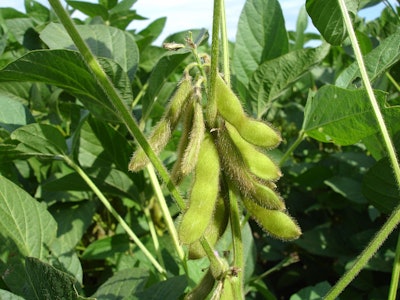
United States Department of Agriculture (USDA) Foreign Agricultural Service's (FAS) Grain: World Markets and Trade report showed that the global oilseed production is poised to set a new record in the 2024/25 marketing year with an estimated output of 687 million tons, marking a 4% increase from the previous year. This growth is largely attributed to a significant uptick in soybean production across South America and the United States.
Soybean output is expected to surge by over 25 million tons, reaching 422 million tons, a growth of more than 6% from the previous year. This increase is driven by expanded planting areas in Brazil and the United States, alongside favorable agricultural conditions.
In contrast, global rapeseed production is forecast to remain relatively stable. While Canada, Australia, and China are expected to see production gains, these are set to offset declines in the European Union, Ukraine, and India. Sunflower seed production is projected to experience modest growth, with increases in Ukraine and the European Union slightly outweighing reductions in Argentina and Russia.
Other oilseed crops, including cottonseed, peanut, and palm kernel seed, are also expected to see slight increases in production, although copra output is anticipated to decline.
On the consumption side, global oilseed use is projected to rise by 3%, driven primarily by a recovery in soybean crush operations in Argentina, growing feed demand in China, and increased demand for soybean oil in the United States. The total oilseeds crush is projected to reach nearly 561 million tons, with significant contributions from China, the United States, Brazil, the European Union, and Argentina.
Global trade in oilseeds is forecast to increase by 4%, with heightened demand for soybeans and rapeseed more than compensating for lower sunflower seed imports. The expansion of soybean planting in South America is expected to exert downward pressure on prices and encourage greater imports into Asia, the Middle East, and North Africa.
Notably, soybean exports from Brazil are projected to reach a new record, accounting for 58% of global trade. Although U.S. soybean exports are expected to increase, their market share is projected at only 28%, below the five-year average.
Ending stocks for global oilseeds are expected to rise by 13% to record levels, propelled by increased soybean production in major exporting countries such as Brazil, the United States, and Argentina. Meanwhile, China's stocks are also projected to grow, fueled by another record-breaking Brazilian crop expected to drive global export prices lower and boost imports.
In terms of oilseed byproducts, global soybean meal production is forecast to grow by 4%, led by strong demand in major processing countries. Similarly, global vegetable oil production is expected to increase by 2% to 228 million tons, with notable gains in soybean, palm, and rapeseed oil production. Despite this, global vegetable oil consumption is set to outpace production, leading to a decline in ending stocks.
Overall, the 2024/25 marketing year is shaping up to be a pivotal period for global oilseed markets, with record production and robust demand driving significant shifts in trade and stock dynamics.


















